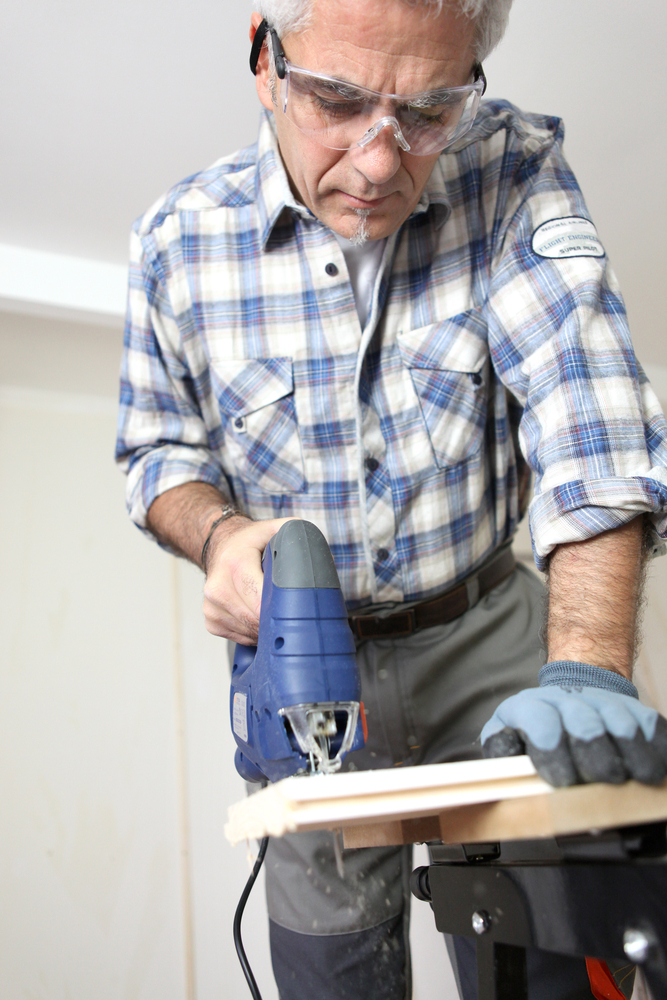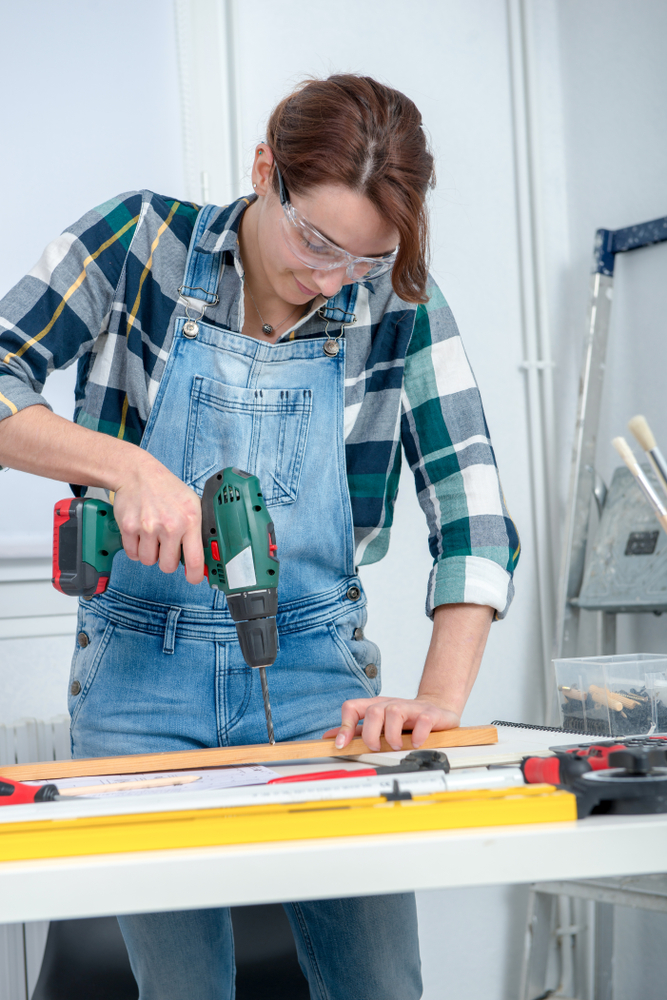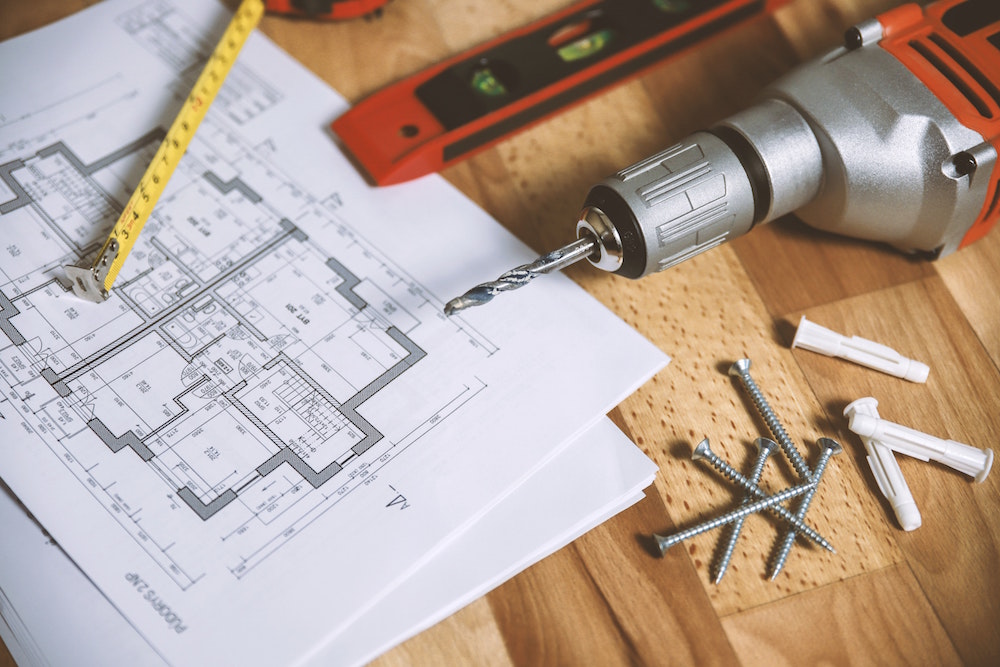Cordless Drill vs Corded: What’s The Difference?
Power drills are a necessity in any home, but the options are endless. Each power drilling tool has specifications that you must consider before choosing the one that meets your current needs and preferences.
Do you need a convenient solution for home repairs and DIY projects? Are you looking for compact size and portability? Would you like a more traditional device with greater endurance? Are you a heavy-duty or professional crafter that needs undisturbed control?
Along with the many options, there are also a lot of questions to consider. So, get ready for some serious comparison when shopping for power drills.
Basic Differences
Essentially, there are two types of power drills: cordless and corded. Cordless drills are rechargeable and ideal for quick fixes or workaround solutions to difficult work areas. They’re undoubtedly one of the most adaptable power tools. If you don’t know how to use one, you can read various and helpful guides online, such as those from cordlessdrillguide.com.
On the other hand, corded drills work on a steady power supply and facilitate basically endless use.
Many choices for each type have similar features when basic use conditions are met. So, here are some major points of difference to consider:
Ideal Use
Cordless drills are remarkably lightweight and often come with added features, such as LED lights. Sure that’s great, but it can eat up the power supply despite energy efficiency. No one wants to be partially finished on renovation or repair work when the cordless drill dies. Thus, the need for extra planning when using cordless drills.
Extra planning for cordless drill use basically means preparing for power scarcity. Outdoor and offsite locations almost never have an abundance of electrical outlets for recharge. Also, extension cords may be impossible to use or even cause electrical hazards. However, packing extra charged batteries or bringing additional cordless drills to any less accessible project site or work area would help solve this problem.
The reliable power supply of a corded drill is useful for projects that would otherwise require hours of added body strength, and at times, even brute force, when working on difficult materials. There may not be room for many choices in such situations.
Workshop Placement
Cordless drills may need to be stored in a case and kept on the shelf somewhere or left on a convenient charge stand. Active monitoring of battery strength is also not required. The cordless drill is ready for use whenever the mood hits. Also, open established workspaces don’t require the use of corded drills anymore, the same as working on the go.
Thus, cordless drills offer big advantages in terms of establishing ease of use and portability. Additionally, cordless drills are more suitable for complex DIY work that may just not be feasible if using a corded device.
Personal Safety
A corded drill may become cumbersome when working around corners and edges or in spaces above and between other structures. The cord itself is a logistical problem since difficult or cramped indoor spaces may not handle cords well. It really goes without saying that better safety is a major advantage of using cordless drills.
Sustainability
Product lifespan and warranty are longer for the newer models of cordless drills in comparison to their corded counterparts. Updates have been made to ensure charging doesn’t cause added wear and tear.
Additionally, frequent tool replacement is no longer required. The use of a constant recharging station enables the tool to be readily available at any time. It’s impossible for the tool to provide greater sustainability in terms of energy use. Sustainability is just one of the many more complex factors involved with improved use. Cordless tools are a stronghold in this regard.
Range of Motion
Choosing to purchase a power tool offers a more flexible way of doing things and really does enable some leeway in terms of elbow room. Corded drills are often lighter than most cordless drills. The wider range of motion achieved by cordless use doesn’t mean much if there’s a heavy battery to handle during all usage processes.
Thus, it’s important to look at specifications, such as size and weight, to save yourself from any added strain in the long run. Consider looking for specific physical aspects to find ways of avoiding cumbersome and bulky components in design and functional usability.
Handling
Corded drills never operate with weakened intensity. They keep going strong through most work surfaces and ultimately just about any drilling job is done according to effort shown. The cord can take some getting used to, but it’s worth it for some. Physical durability can add a worthy sense of quality to more difficult projects and builds impressive user endurance.
Cordless drills offer greater agility during much shorter time intervals, but have advantages in other regards, especially if the workspace is flexible. A cordless drill will continually become weaker during heavy use until the battery stops but such hindrances to productivity or endurance are not seen as an issue for very thoughtful users. The advantages and values of using a more portable drill are clear when using tools to accomplish casual or decorative DIY means.
Conclusion
Big renovations and casual repairs can come with the same amount of stress. Results that appear minimal often came from hard work in the details. Try learning to use both cordless and corded drills if you haven’t already. It may be fun to compare the drills and even counter use, of course with safety in mind at all times.
Redefine what’s ideal for you as a professional or aspiring hobbyist. See if you’re an exception to established notions of tooling. Perhaps it’s possible to create the ideal workshop around a rechargeable tool or build a magical treehouse using a lengthy extension cord. Take time to reevaluate all factors that are important to you and not just the project.
Evaluate tasks you would like to accomplish and find an option to serve convenience factors. Think about conditions that influence workspace and remember that usage frequency and handling determine durability. Use tools properly so you can go easy on yourself.









